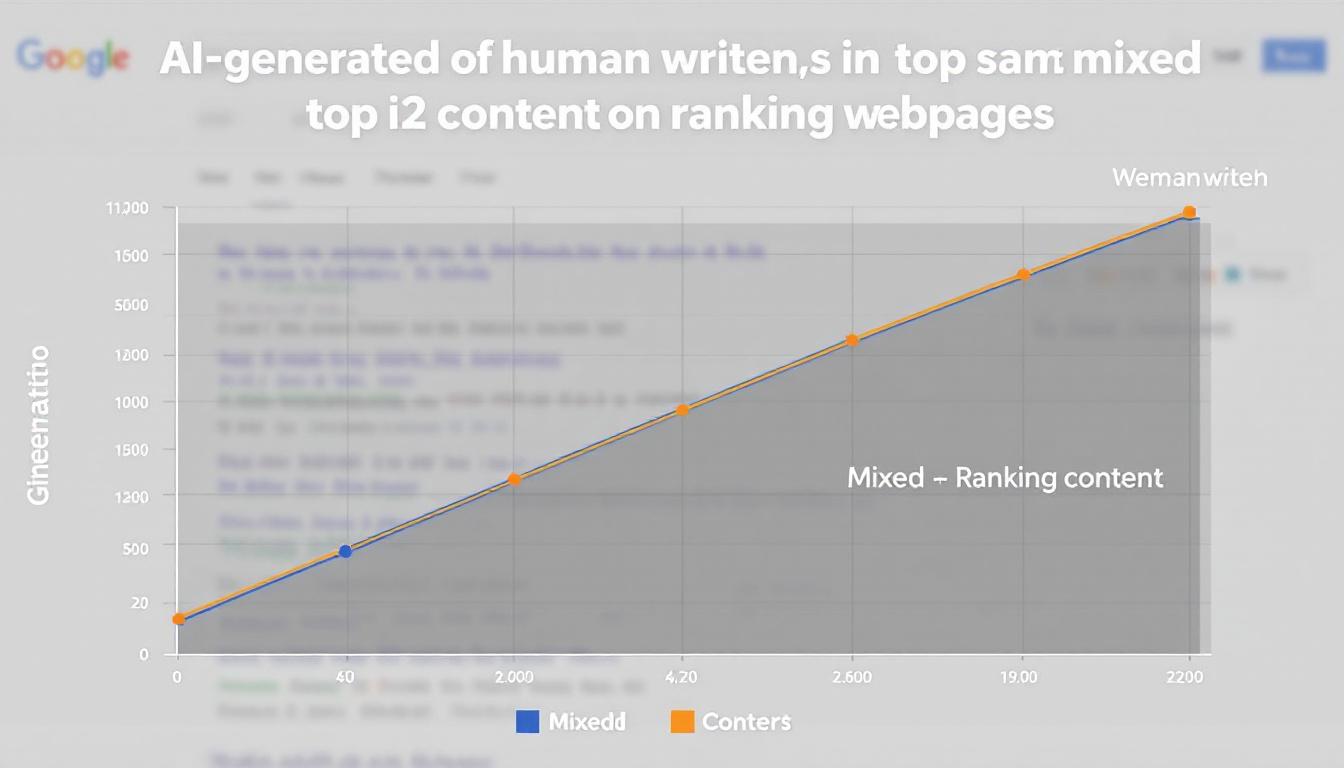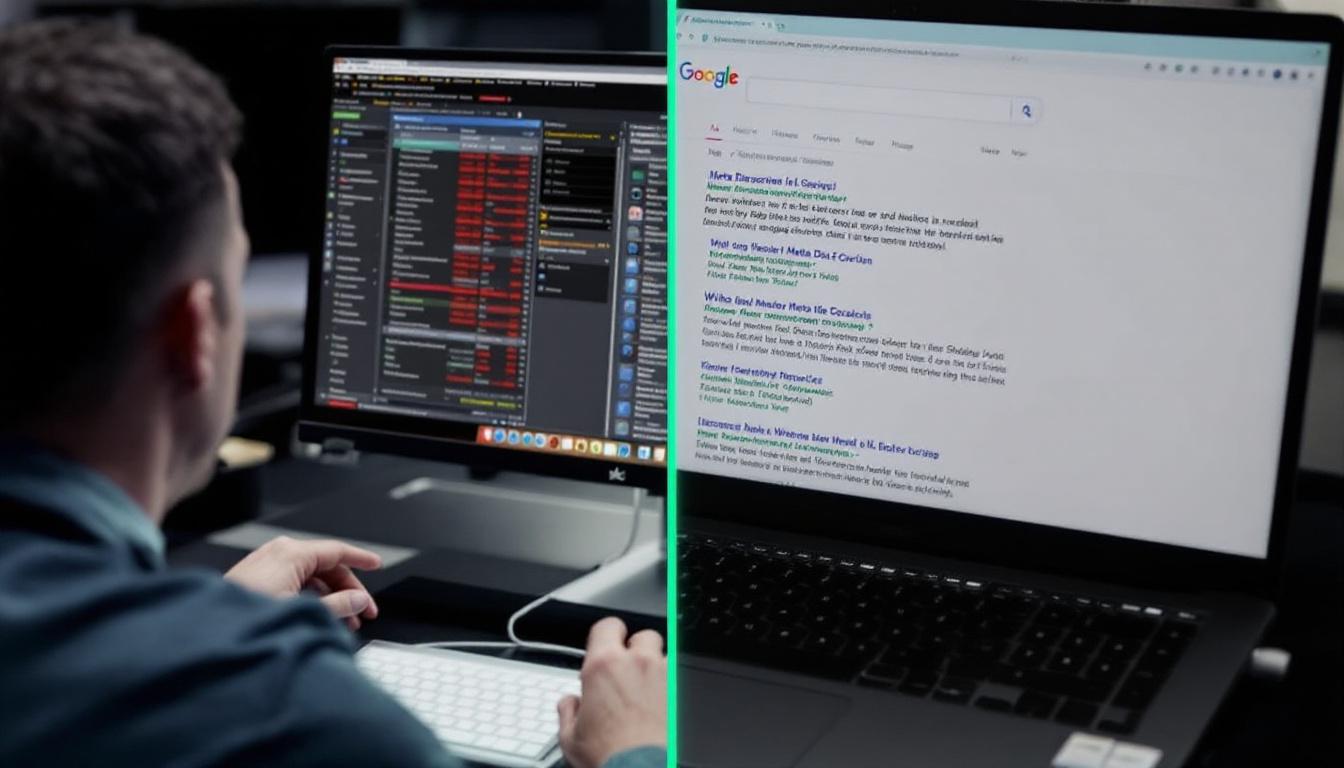Google has introduced significant revisions to its Search Quality Raters Guidelines (QRG), aiming to better identify and address deceptive practices online.
Writecream
Your ultimate secret weapon for SEO, sales, and marketing success.
These updates reflect Google’s commitment to improving the accuracy and reliability of its search results by equipping quality raters with clearer criteria to spot misleading content.
Executive Summary
The latest changes emphasize the importance of genuine content and the elimination of deceptive strategies that undermine user trust.
Core Principle
At the heart of these updates is a reaffirmation of authenticity as paramount in content creation and SEO strategies.
Ensuring that content is truthful and transparent remains essential for maintaining credibility and achieving sustained search visibility.
Updates to Quality Guidelines Section 4.5.3
Section 4.5.3 has undergone comprehensive revisions to provide clearer and more extensive guidance on identifying deceptive practices.
Expanded Scope
The restructured section now encompasses a broader range of deceptive behaviors that raters should be vigilant about.
Previously titled ‘Deceptive Page Purpose and Deceptive MC Design,’ the section has been renamed to ‘Deceptive Page Purpose, Deceptive Information about the Website, Deceptive Design,’ reflecting its widened focus.
These modifications suggest that Google is refining its approach to detect subtle forms of deception that may have previously gone unnoticed, potentially aligning algorithmic improvements with the updated guidelines.
Identifying Deceptive Intentions
Understanding deceptive intentions is crucial for maintaining the integrity of web content and user interactions.
Misleading Page Objectives
Webpages with false purposes can significantly erode user trust and harm a site’s reputation.
Examples include sites that present themselves as authoritative sources without genuine expertise or those that manipulate users into clicking monetized links through false endorsements.
Addressing Fake EEAT Elements
The introduction of new guidelines specifically targeting fake EEAT elements underscores the need for authenticity in demonstrating expertise and trustworthiness.
Fraudulent Business Information
Claiming credible business details without substantiation can mislead users and violate Google’s standards.
This includes falsely advertising a physical presence when the business operates solely online or fabricating author profiles to appear more legitimate.
Inaccurate Creator Credentials
Exaggerating or falsifying qualifications can deceive users about the reliability of the content.
For instance, presenting content creators as medical professionals without proper credentials undermines the trustworthiness of the information provided.
Combating Deceptive Design Practices
Manipulative design elements can trick users into unintended actions, compromising the user experience and site credibility.
Misleading Interface Elements
Buttons and links that do not perform their advertised functions can frustrate users and lead to distrust.
Examples include deceptive pop-up buttons that promise to close a dialog but instead trigger downloads or redirect users to unwanted pages.
Inconsistent Page Titles
Titles that do not accurately reflect page content can confuse users and degrade the perceived quality of the site.
When users find content that diverges significantly from the page’s title, it results in a poor user experience and potential penalties from search engines.
Key Insights from the Guideline Updates
The revisions to the QRG highlight several critical areas that website owners and content creators must address to maintain compliance and trust.
Broadened Definition of Deceptive Intent
Understanding the expanded definitions helps in creating content that aligns with Google’s expectations.
The guidelines now include more specific instances of deceptive purposes, such as fake endorsements and unverified product claims, emphasizing the need for honest content practices.
Emphasis on Genuine EEAT Representation
Authenticity in demonstrating expertise and trustworthiness is now more scrutinized to ensure user reliability.
Creators must avoid fabricating credentials or author identities, as these deceptive practices are now explicitly targeted in the guidelines.
Vigilance Against Manipulative Designs
Design integrity is crucial in fostering a trustworthy user environment.
Websites must ensure that their design elements, such as buttons and titles, accurately represent their functions and content to avoid misleading users.
The Bottom Line
Google’s January 2025 update to the Search Quality Raters Guidelines marks a significant step in combating deceptive online practices.
By refining the criteria for identifying fake EEAT content and manipulative design elements, Google aims to enhance the authenticity and reliability of its search results.
Webmasters and content creators should prioritize genuine, transparent content strategies to align with these updated standards and maintain their site’s credibility and visibility.








